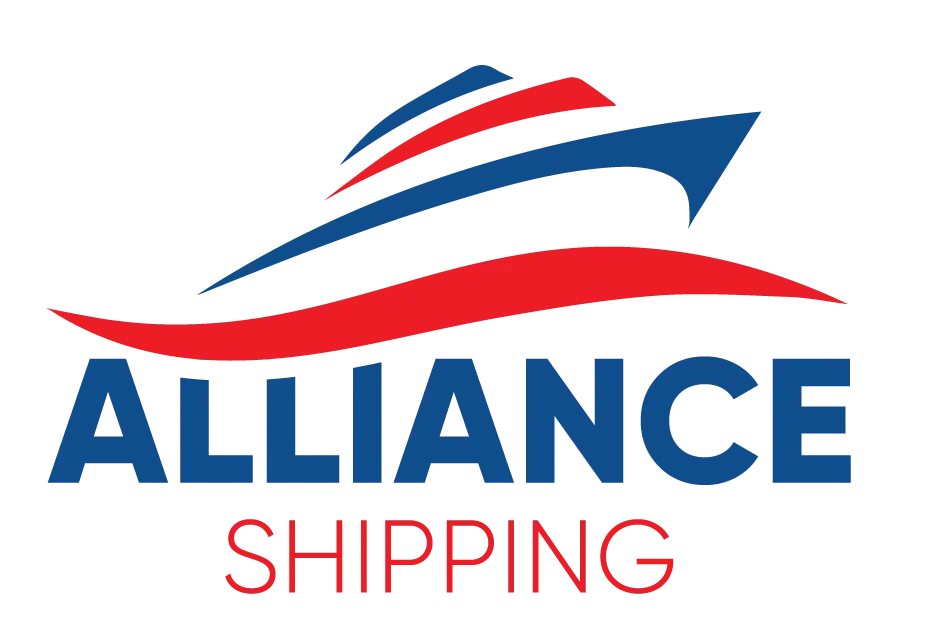This is both a problem and an asset for the shipping companies because as the level of globalization rises, the demand for shipping perishable goods is still present. Some of the products that are most affected are food products and pharmaceuticals, and therefore the need to plan the transport well. To tackle the challenges faced in shipping perishable goods, Alliance Shipping is the way to go!
Let’s analyze the current state of shipping perishable goods, including the obstacles encountered and opportunities.
Understanding the Landscape
The market for perishable goods is still a very large one and this food includes milk, fish, fruits, vegetables, and many more. As people began to demand quality and fresh products, companies shipping perishable goods could never have felt this much pressure in helping the supply chain manage its solutions.
Challenges:
Temperature Control: Temperature control is important during shipping perishable goods, and a proper temperature is needed at all stages of the process. Losses which include equipment failure or power outages and delays pose a threat to food quality and safety as it affects perishable’s temperature. Therefore, companies must engage themselves in procuring hi-tech instruments for temperature measurement and supplementing the risks that are related to safety standards.
Regulatory Compliance: Shipping perishable goods cross-border may expose the firm to many regulations that may differ from one country to another, and also from one product type to another. Noncompliance has repercussions in that shipment may be delayed or even lost. The key challenge arising from the above study is the understanding of updating changes within a short timeframe in relation to the international standards of the particular country.
Packaging and Handling: Proper packing of these products is highly important to avoid deterioration and to also keep off contamination. However, this process can prove to be very costly and tends to demand a skillful workforce to complete the task. To this end, companies have the responsibility to design various efficient packaging solutions to fit the various perishable goods and to do this at an affordable cost.
Cost Management: Transportation of perishable goods is always costly due to issues of packaging, temperature conditioning, and legal measures. The pressure increases for corporations to cut expenses and lower costs without necessarily having to compromise the quality of their service delivery.
Opportunities:
Investment in Technology: The utilization of IoT and real-time monitoring systems is a big opportunity for shipping firms to build on the tracking of perishable items. In particular, with the help of technology, risks of shipping can be minimized, the supply chain becomes more efficient and organizations can effectively manage their inventory during shipping perishable goods.
Sustainable Practices: Since the concept of sustainability is gradually rising on the consumers’ radar, shipping companies can benefit from going green. Using energy-efficient reefer containers and considering biodegradable packaging solutions have both beneficial effects on the natural environment and respond to the demand of ecologically sensible customers.
Expanding Market Reach: In this case, the growth of global demand for perishable food products has proved to be a potential new business for a shipping company. Some of the benefits include; Partnerships with local producers and suppliers enabling organizations such as Alliance Shipping to prospect new markets and therefore increase their revenue sources.
Enhanced Training and Workforce Development: Investing in employee training programs focused on handling perishable goods can significantly improve operational efficiency. A knowledgeable workforce is crucial for maintaining the quality of perishables during shipping, leading to better customer outcomes and reduced losses.
The Role of Collaboration in Shipping Perishable Goods
Coordination of supply chain members is necessary for the optimization of perishable goods distribution. Through promoting cooperation between the manufacturing and shipping companies, retailers, and logistics service providers, each participant in the process stands to benefit from the process by improving the shipment process.
Managing and organizing perishable goods and services, for example: consolidation or sharing resources for refrigerated transportation, can yield results in lower overall cost and improved performance. Further, collaboration may enable greater exchange of information that will enhance the accuracy of forecasting and demand management – hence improved perishable goods shipping.
Future Trends in Perishable Goods Shipping
Several trends are defining the future of shipping perishable goods as this market continues to develop. The growth of e-commerce has heightened consumers’ need for shipping perishable goods that should be delivered with ease and without delay, which puts pressure on shippers to try out new logistics models.
Moreover, improved insulation and innovative energy conservation technology in refrigeration are the technological developments that will greatly facilitate the transportation of perishable goods over long distances. Firms that are in a position to understand these trends and be in a position to correspond with the market will be in a better position to excel in the market of perishable goods shipping.
Closure
The development of better insulation and efficient energy use in the cold chain has increased the feasibility of transporting perishable goods over long distances. Thus, firms like Alliance Shipping, which managed to identify these trends and adjust their strategies towards them, will adapt to the market condition for the processing of perishable goods shipping adequately.























